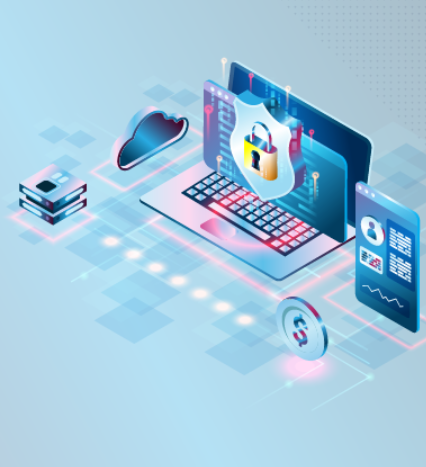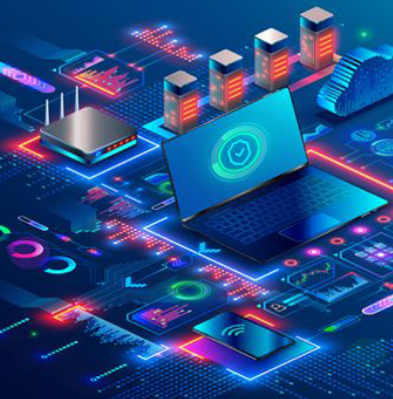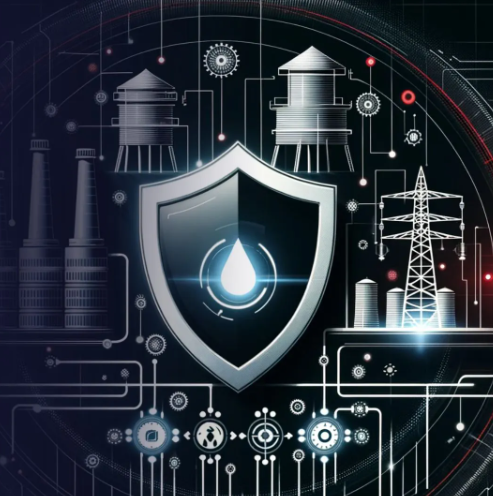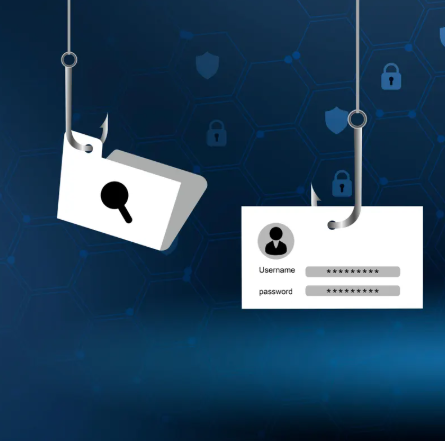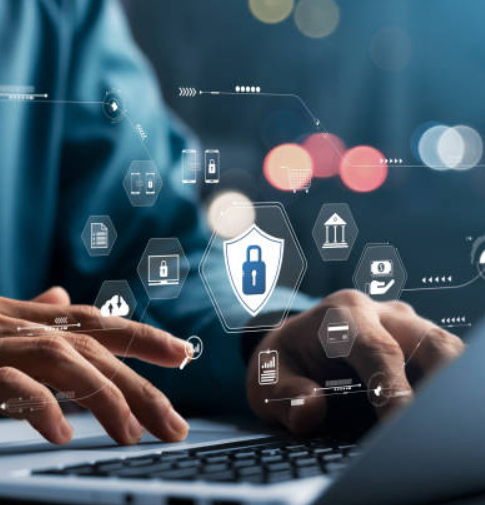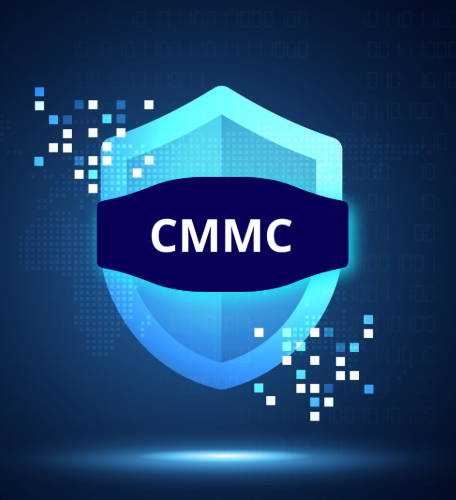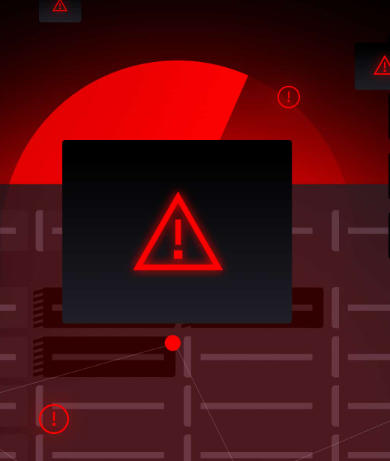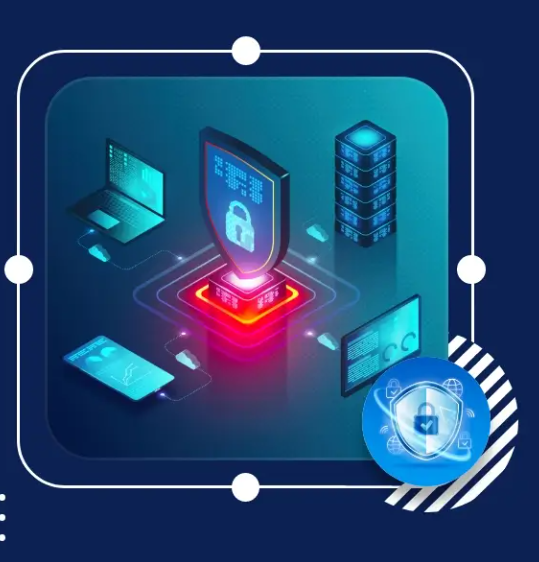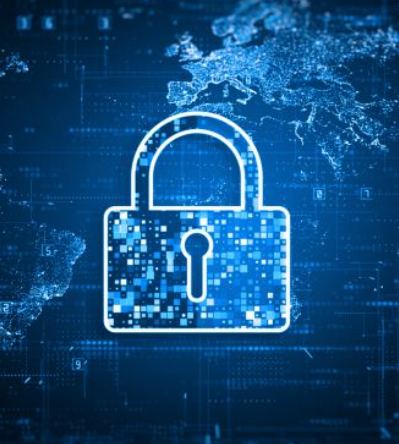
In today’s fast-paced cyber environment, responding to threats quickly is crucial. The speed at which an organization can identify and address a cyberattack can determine whether it results in a minor issue or a major security breach. This is why many businesses are turning to intelligent threat detection systems powered by AI and machine learning. These systems allow for quicker detection, which not only minimizes the potential damage but also helps reduce recovery costs, safeguard the organization’s reputation, and comply with strict data protection regulations.
Why Rapid Response Is Essential in Cybersecurity
On average, it takes over 200 days to identify and contain a data breach. During this time, attackers can move freely within a network, escalate their access, and exfiltrate sensitive data undetected. Every hour a threat goes unnoticed increases the potential impact. By improving detection speed, organizations can significantly reduce financial losses and operational interruptions.
Challenges Slowing Down Cyber Threat Detection
- Alert Overload
Security teams are often bombarded with an overwhelming number of alerts, many of which are false positives. Sifting through these alerts manually delays the identification of actual threats. - Lack of Visibility
When security tools are disconnected and data is siloed, it creates blind spots across networks, cloud services, and endpoints, making it harder to spot malicious activity in time. - Manual Processes
Traditional response methods often require significant human involvement, which can slow down investigations, containment, and remediation. - Limited Resources
Many organizations face a shortage of skilled security professionals to effectively manage growing attack surfaces and increasing volumes of incidents.
How Intelligent Threat Detection Boosts Response Speed
- Automated Threat Detection
AI-driven systems constantly scan networks and endpoints for suspicious activities, identifying potential threats without waiting for new signature updates or predefined rules. - Correlated Data Insights
Intelligent platforms consolidate and correlate data from various sources—such as SIEM, EDR, and cloud logs—allowing for a faster, more complete understanding of an attack, which speeds up the investigation process. - Prioritizing Alerts
By filtering out irrelevant information and ranking alerts based on severity, intelligent detection systems help analysts focus on the most critical threats first. - Automated Response Integration
Modern systems integrate with response tools to automatically take action when threats are identified. This might include isolating compromised devices, revoking access, or blocking malicious IP addresses, significantly reducing response times. - Continuous Learning
Machine learning enhances detection capabilities over time by adapting to new attack techniques, recognizing new threat indicators faster than traditional static systems.
Benefits of Rapid Threat Response
- Minimized Breach Impact
Reducing the time an attacker can operate within the system limits data loss, operational disruption, and the overall costs associated with recovery. - Better Compliance
Faster incident response helps meet regulatory requirements like GDPR, HIPAA, and CMMC, which demand prompt detection and reporting of incidents. - Improved Security Team Efficiency
Automating detection and initial triage frees up security teams to focus on more complex, proactive security measures rather than wasting time on false positives. - Strengthened Customer Confidence
By demonstrating the ability to quickly address security issues, businesses build trust with their customers, partners, and other stakeholders. - Competitive Advantage
Organizations that can respond rapidly and effectively to cyber incidents are better positioned to maintain market trust and resilience, minimizing reputational damage.
Conclusion
By leveraging intelligent threat detection powered by AI, businesses can dramatically enhance their ability to quickly identify and mitigate cyber risks. Not only does this improve overall security, but it also reduces recovery time and ensures that the organization stays compliant with data protection regulations. With faster response times, companies can protect their reputation, maintain customer trust, and gain a competitive edge in the marketplace.







